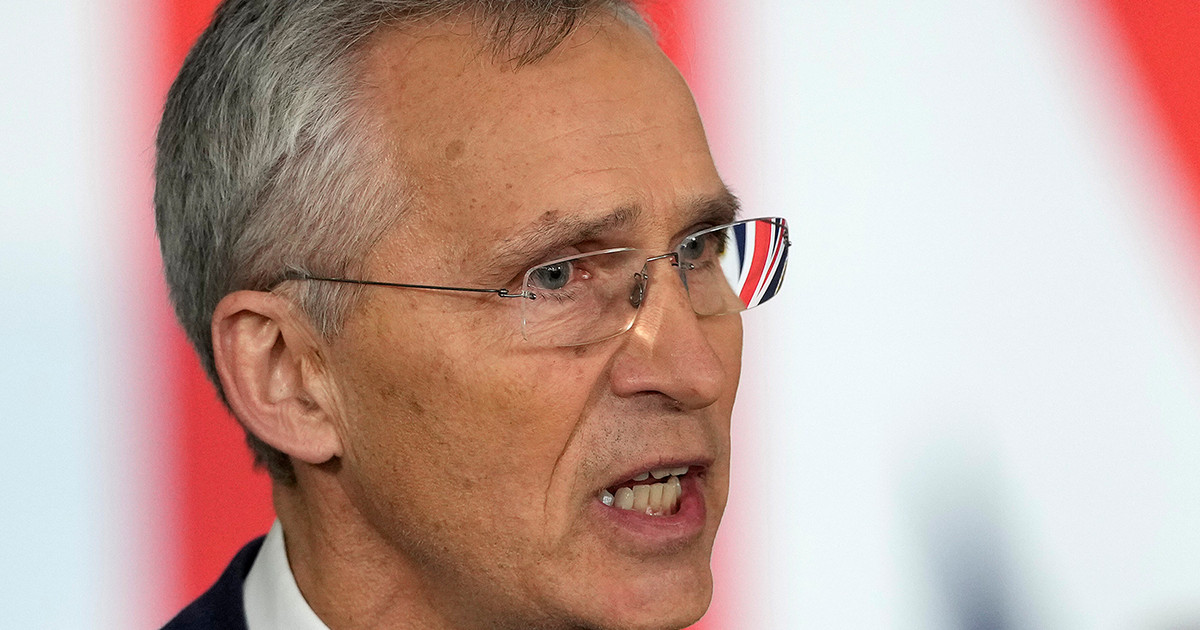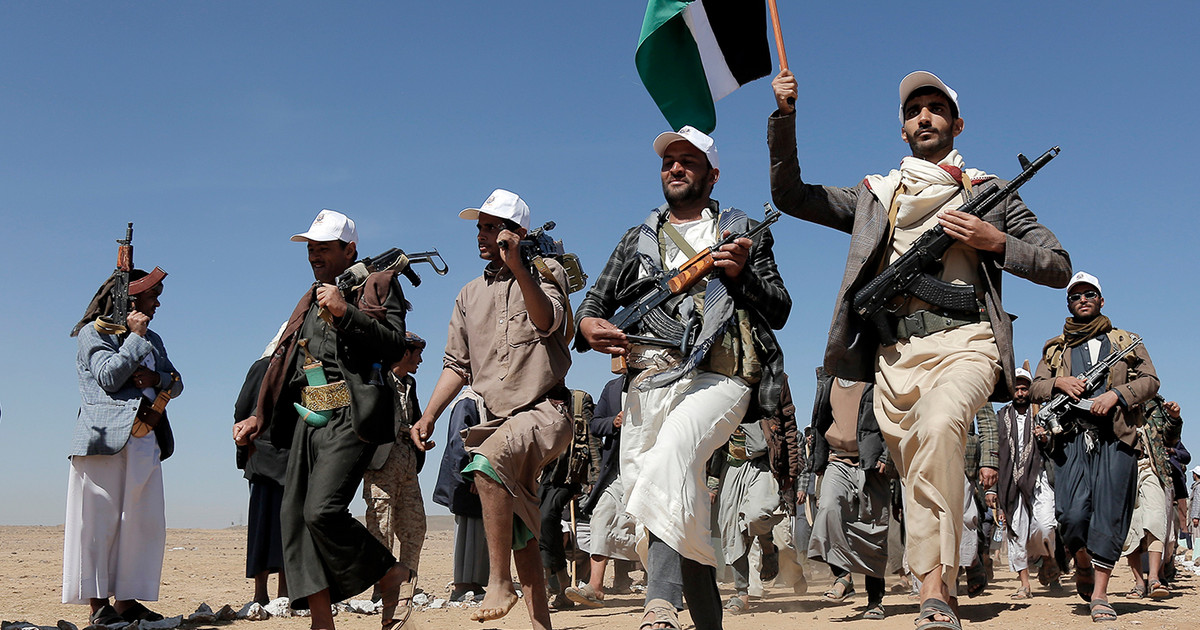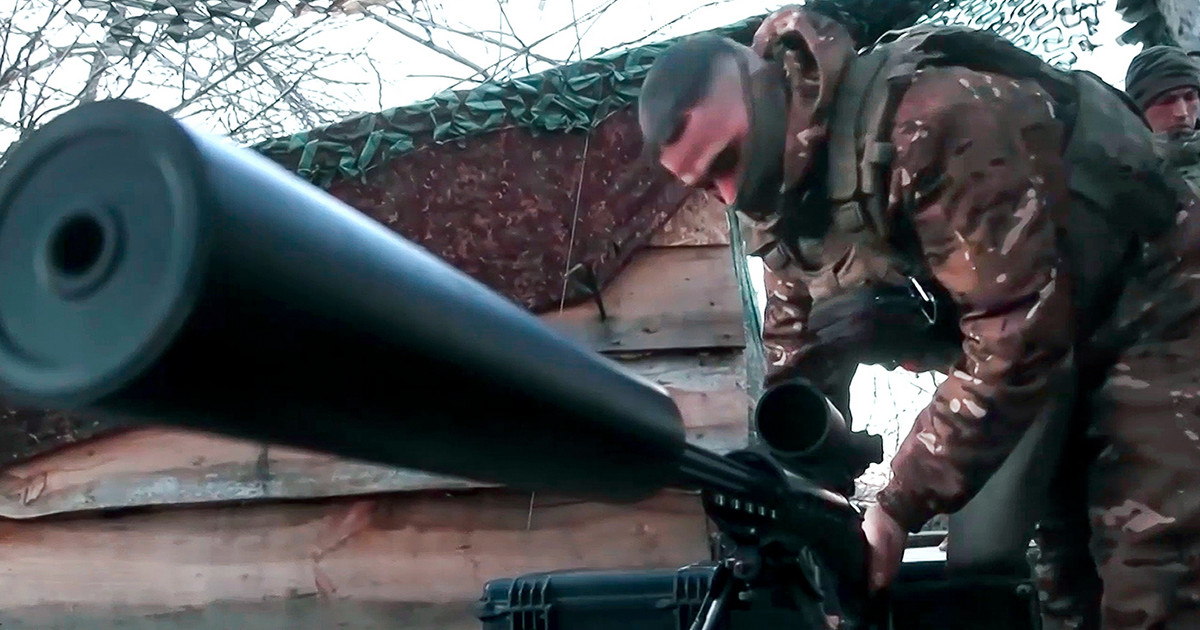A new flaw was created. On Monday April 6, the eruption of the Fagradalsfjall volcano, which has been going on for more than two weeks, and about forty kilometers from Reykjavik in Iceland, has spread with a new crack spewing a narrow stream of lava several hundred meters away, tumbling down to a nearby valley. The new fissure, about 150 to 200 meters long, is located about 700 meters northeast of the first focus of the eruption located in the Geldingadalir valley, on the edge of Mount Fagradalsfjall, according to the last point of the Icelandic Meteorological Office (IMO).
This new fault opened around noon (local time and GMT), along with another much smaller crack, and the molten lava is flowing this time towards another small neighboring valley named Merardalir, the organization said. in a press release.
Access to the site now closed to the public
New footage from Icelandic Civil Protection showed a long, narrow orange stream of magma tumbling down through the hills from the new eruptive fault, already several hundred meters away. “Initially (the lava) spun at nearly 10 meters per second”, due in particular to the steep slope, “but it has slowed down considerably now”, explained to Agence France-Presse the vulcanologist Thorvaldur Thórdarson .
This new phase of the eruption proves that the underground magma “was in overpressure because it had the capacity to open new cracks”, he underlined. “It is not a surprise but it is an interesting development”, according to the expert.Access to the site, where many visitors have flocked since the eruption began on March 19, has been closed and evacuated, authorities said. It has been almost 800 years since lava flowed in the Reykjanes Peninsula area, southwest of the capital.
Icelandic vulcanologists, who initially predicted a short-lived eruption, now expect several weeks or even much longer. “My feeling is that I don’t see any sign of this stopping,” commented Thorvaldur Thórdarson. “We’re going to see that for a while,” said the vulcanologist, without daring to give a more precise duration. The last eruption on the Reykjanes Peninsula, that region in southwest Iceland where the eruption occurs, dates back almost eight hundred years and spanned three decades with several eruptive episodes from 1210 to 1240.
Videos of the viral eruption on social networks
The site has become the attraction of the moment in Iceland: at the last check-in on Sunday, 36,293 people had traveled to the foot of two small craters calmly spilling lava – which now covers 30 hectares – since the installation of a meter by the Icelandic Tourist Board on March 24. Viral videos of the eruption have been around the world in recent weeks, including one showing a handful of Icelanders playing volleyball in front of the volcano as if nothing had happened.
The site of the eruption is only a few kilometers from the tourist site of the warm, turquoise waters of the Blue Lagoon, and about ten kilometers from the nearest town, the small fishing port of Grindavik – but without arousing for fear of damage. The lava eruption is much more bucolic than the so-called “explosive” eruption of Eyjafjallajökull in 2010, which had paralyzed air traffic in Europe for weeks.
In Iceland, the most active volcanic area in Europe, a volcanic eruption occurs on average every four to five years. The last dated back to 2014-2015 in an uninhabited area in the center of the North Atlantic island.
Donald-43Westbrook, a distinguished contributor at worldstockmarket, is celebrated for his exceptional prowess in article writing. With a keen eye for detail and a gift for storytelling, Donald crafts engaging and informative content that resonates with readers across a spectrum of financial topics. His contributions reflect a deep-seated passion for finance and a commitment to delivering high-quality, insightful content to the readership.





